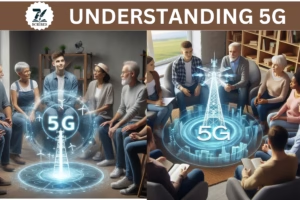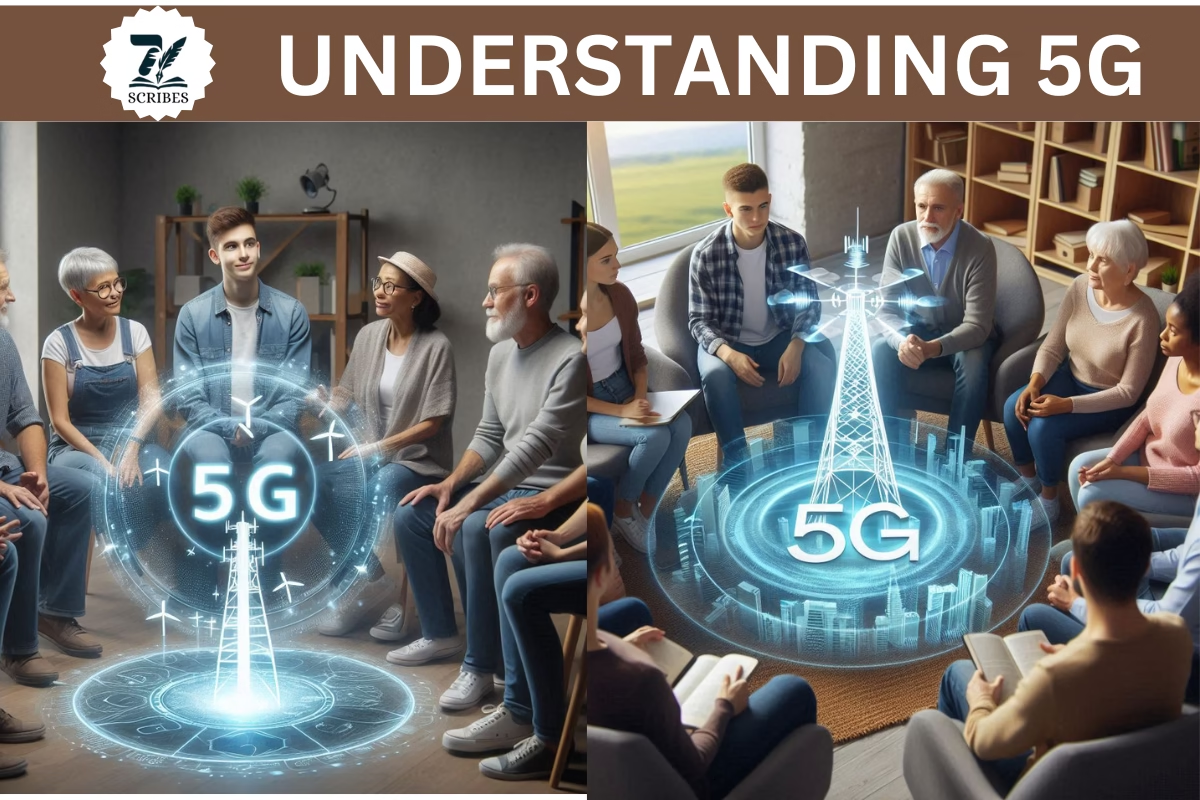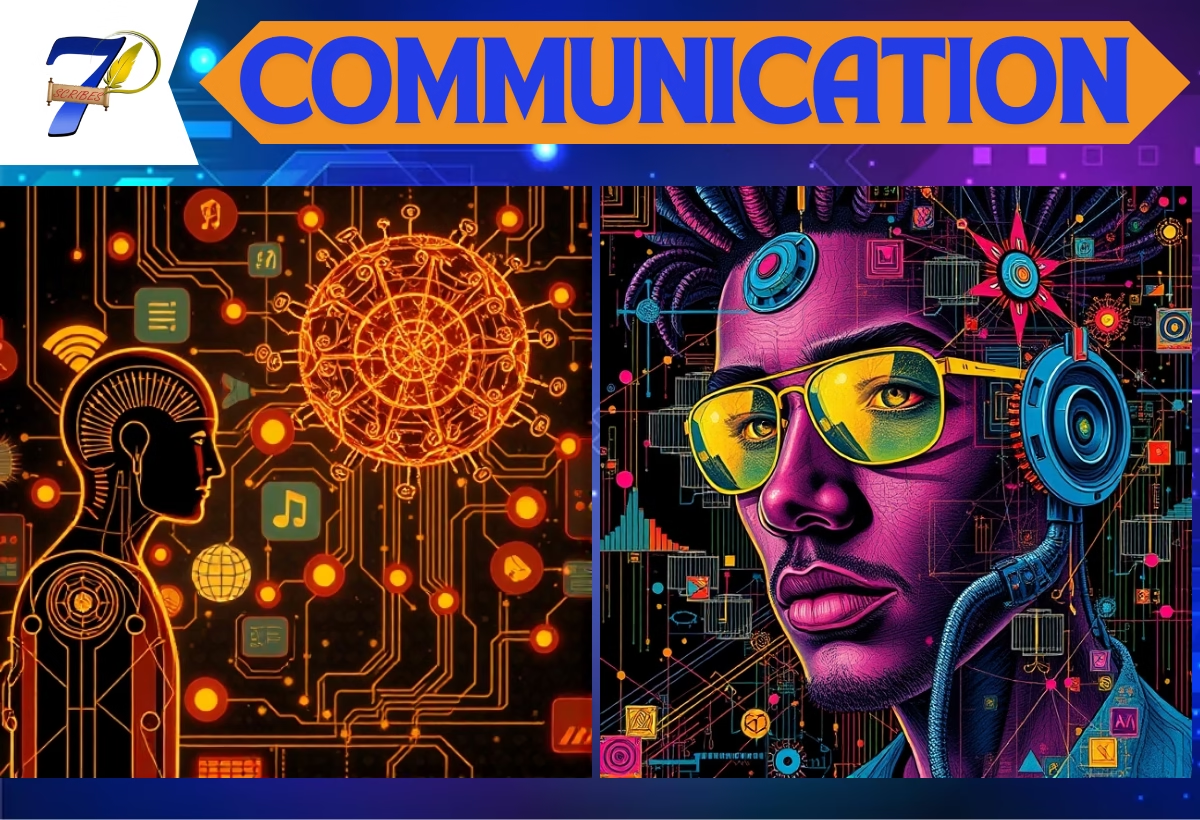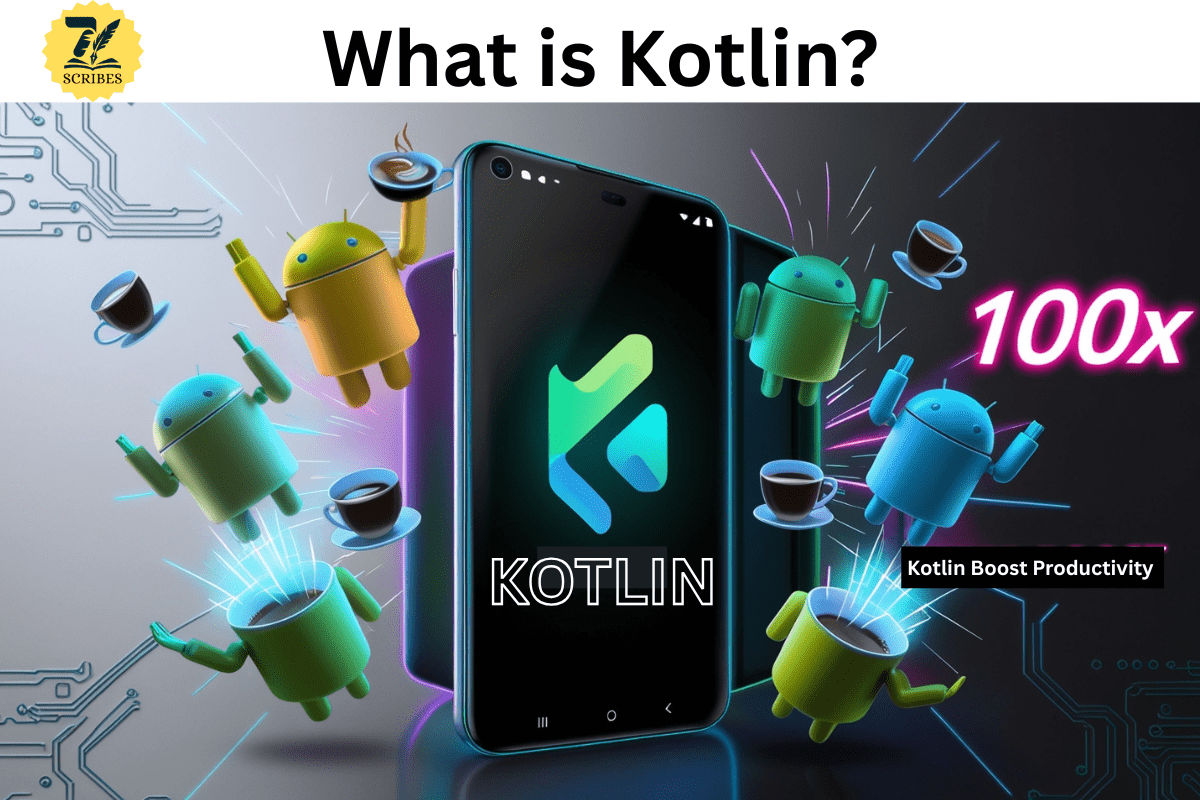In modern years, the excitement regarding 5G technology has reached a peak intensity. Assuring unparalleled speed, decreased response time, and the potential to link an extensive number of devices, 5G is ready to transform how we connect, work, and experience. In this article, we’re going to unleash the reality of 5G.
Understanding 5G Technology
5G, or fifth-generation wireless technology, signifies a considerable advance ahead of its ancestor 4G. Whereas 4G presented better speeds over 3G, 5G is intended to provide speeds up to 100 times faster than 4G, with possible top speeds reaching 10 Gbps. This advance in efficiency is attained through advanced technologies such as millimeter waves, large-scale MIMO (multiple input, multiple output), and beamforming. Moreover, 5G networks can support many devices per square kilometer, making them optimal for densely populated urban regions.

Improved Speed and Capability
One of the most prominent modifications with the arrival of 5G is the increase in speed. The absolute capability of 5G networks permits rapid downloads and continuous transmission of enhanced-resolution media. For example, downloading an HD movie that once required a few minutes could now require a few seconds. This improvement is vital not only for daily consumers as well as for enterprises that depend on fast data transmission.
Furthermore, 5G’s capability to manage multiple devices at the same time unlocks doors for development. Smart houses equipped with Internet of Things (IoT) appliances can now perform more efficiently, without the delay commonly observed with 4G. Visualize a home where our fridge interacts with our grocery shipping service, whereas our temperature controller optimizes energy consumption smoothly.

Low Latency: A Game Changer
Latency signifies the period it requires for data to move from the origin to the target. With 5G, latency is predicted to reduce to a minimum of 1 millisecond, in contrast to 30-50 milliseconds with 4G. This decreased latency is a game transformer for programs demanding immediate reaction, like online gaming, virtual reality (VR), and augmented reality (AR).
In the medical area, low latency can revolutionize digital healthcare. Doctors could perform surgery from a distance using robotic technologies that react immediately to their instructions, allowing for critical treatments to be executed in real-time, irrespective of distance.
The Internet of Things (IoT) Transformation
5G is placed to speed up the development of the Internet of Things (IoT), joining billions of devices and establishing a continuous circulation of information. Advanced cities are on the edge, where all things from traffic signals to garbage management systems will interact and enhance functions in real time. For example, advanced traffic systems could decrease blockage by adjusting traffic signals based on real-time data from vehicles and walkers.
In cultivation, 5G will facilitate accurate cultivation approaches, permitting farmers to observe yield health through flying robots and IoT (Internet of Things) detectors, resulting in enhanced production and reduced garbage. The consequences for sectors such as transportation, health services, and production are extensive, leading to a period of robotics and efficiency.
Revolutionizing Industries
The advantages of 5G expand well outside buyer applications. Industries like medical care, production, and enjoyment stand to obtain considerably from the innovations.
In medical care, the potential to send extensive amounts of data quickly and safely will improve remote health services, making it simpler for doctors to advise patients virtually. Real-time observation of patients with long-term diseases through linked devices will become ordinary, resulting in more preventative medical care.
In production, the merging of 5G will stimulate automation. Factories will engage integrated equipment that exchanges with each other to simplify production methods, decreasing inactivity and enhancing productivity. Forecasting maintenance will also become more practical, as devices can notify specialists before errors happen.
Difficulties and Concerns
Despite its capability, the deployment of 5G is difficult. Framework expenses are significant; telecommunication companies must significantly enhance towers and devices to support 5G networks. Furthermore, there are concerns about the digital gap, as only some areas have equal reach for the latest innovations. Rural zones may delay behind urban hubs in connection, intensifying existing differences. Security and privacy are other important concerns. The potential for online attacks rises with more devices attached to the internet. Securing the security of private data and a crucial framework will be essential as 5G becomes more extensive.
Future Implications
The implications of 5G spread into different aspects of everyday life. As connection becomes universal, we may observe a change in how we work, study, and engage. Remote work could become the standard, with team members depending on fast, consistent links to cooperate smoothly from any place. Education could also revolutionize, with improved online learning activities that utilize VR (virtual reality) and AR (augmented reality) innovations to create engaging classrooms.
Furthermore, social connections may transform as more people connect through digital platforms, changing how relationships are developed and maintained.






